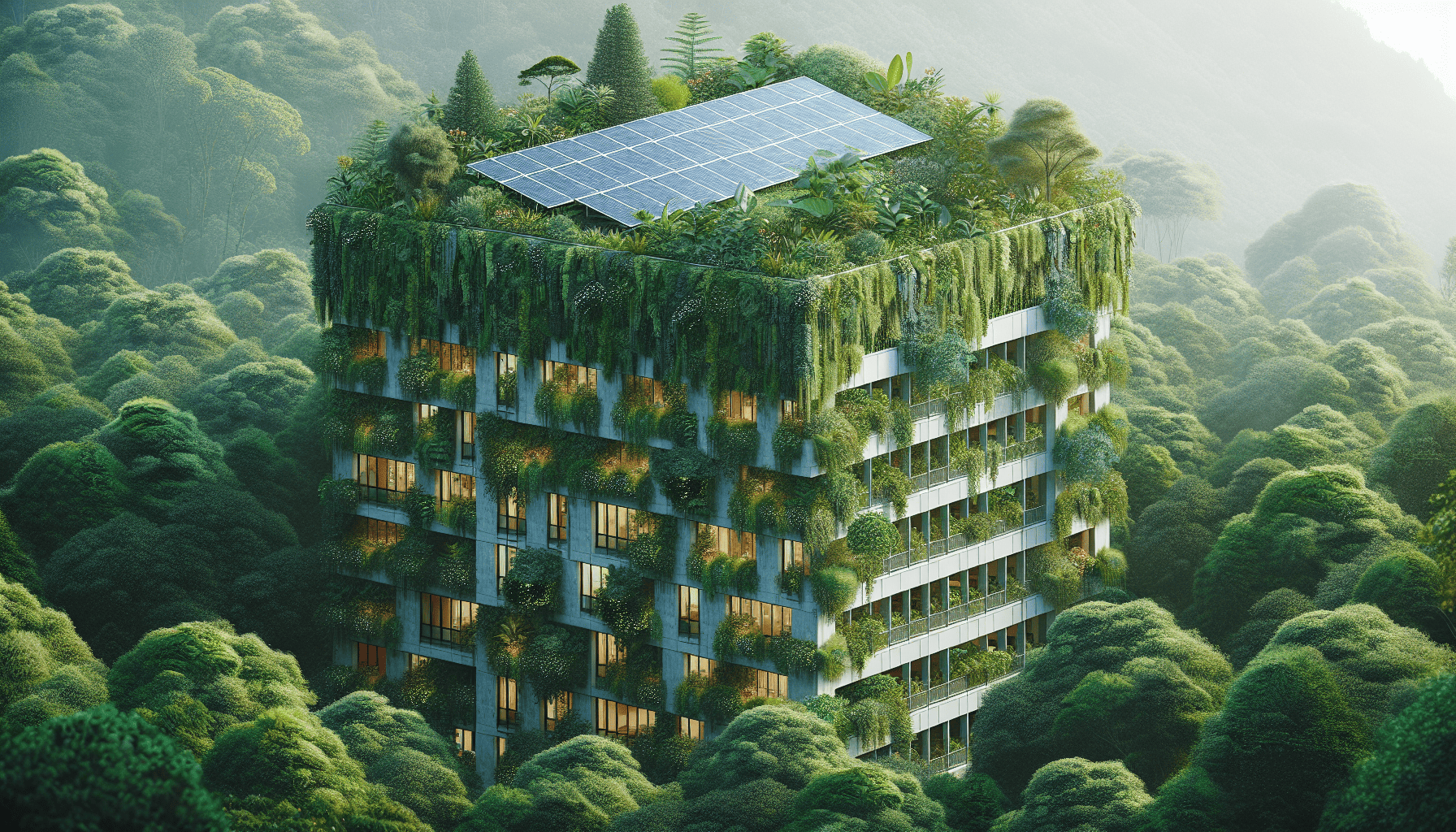In recent years, the architectural world has experienced a paradigm shift, with sustainability taking center stage. Among the architects leading this charge is Boyarka, whose eco-friendly designs are setting a new standard for green architecture. Boyarka’s work exemplifies a harmonious blend of aesthetics, functionality, and environmental stewardship, offering a blueprint for a more sustainable future.
One of the defining features of Boyarka’s approach is the integration of nature into architectural designs. This involves maximizing natural light, utilizing solar panels, and incorporating plants to create biophilic environments. These designs not only reduce energy consumption but also enhance the well-being of occupants by creating spaces that feel connected to the natural world. Large windows and strategically placed skylights allow for ample daylight, significantly cutting down on the need for artificial lighting during daytime hours.
Another cornerstone of Boyarka’s sustainable architecture is the use of locally sourced and recycled materials. By choosing materials with lower carbon footprints, these designs have less impact on the environment. The innovative use of reclaimed wood, recycled glass, and other materials not only supports sustainability but also brings unique textures and visual richness to the structures.
Water conservation is another critical aspect of Boyarka’s projects. The implementation of rainwater harvesting systems and greywater recycling allows buildings to minimize water wastage. Additionally, the inclusion of green roofs not only provides insulation and reduces heating costs but also helps manage stormwater runoff, reducing the impact on local water systems.
Boyarka’s eco-friendly designs also emphasize energy efficiency. This is achieved through passive solar design techniques, high-performance insulation, and advanced heating and cooling systems that reduce energy consumption. These strategies not only contribute to a reduction in greenhouse gas emissions but also result in significant cost savings for inhabitants.
Furthermore, Boyarka advocates for the development of modular designs that promote flexibility and adaptability. This forward-thinking approach ensures that structures can evolve alongside changing needs without the need for extensive renovations or new constructions, thus conserving resources and minimizing environmental impact.
Community-centric design is another key component of Boyarka’s sustainable architecture. By creating shared spaces and encouraging communal living, these designs foster social interactions and promote a sense of community. This approach not only enhances the quality of life for residents but also encourages collective responsibility for maintaining eco-friendly practices.
In conclusion, Boyarka’s eco-friendly designs offer more than just a solution to architectural challenges; they provide a glimpse into what a sustainable future could look like. By prioritizing environmental responsibility, resource efficiency, and occupant well-being, these designs create spaces that are not only beautiful and functional but also gentle on the planet. As the world continues to grapple with the impacts of climate change, the lessons learned from Boyarka’s approach to sustainable architecture will undoubtedly play a crucial role in shaping the built environments of tomorrow.
